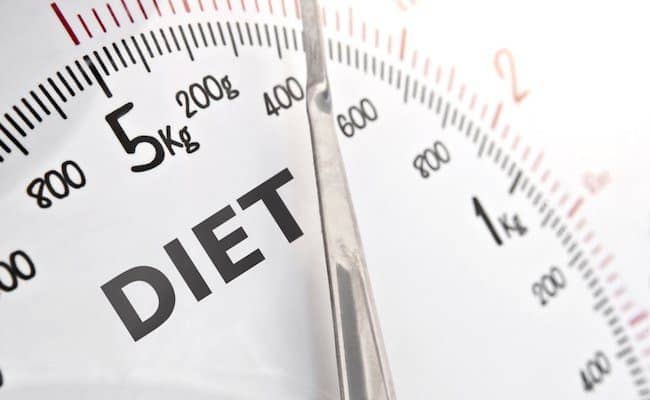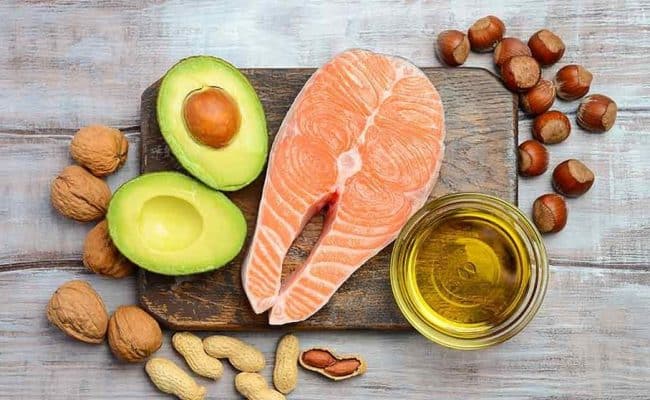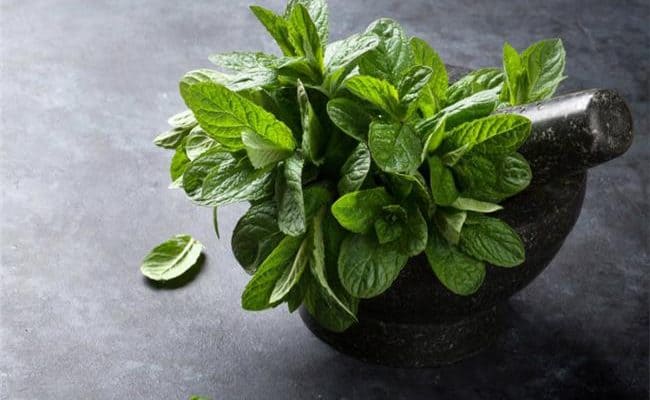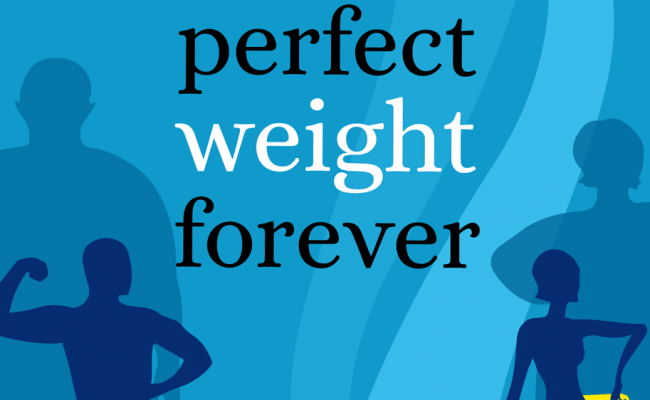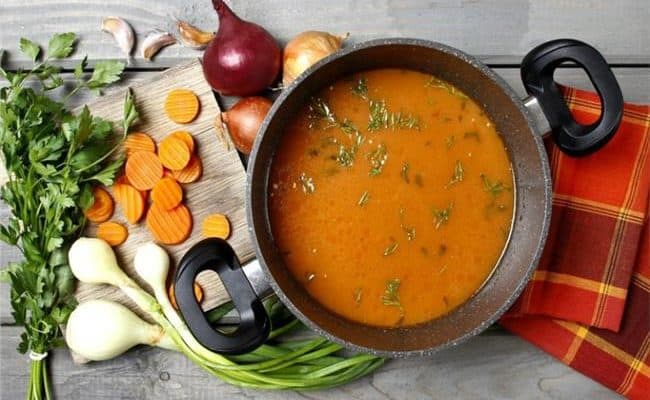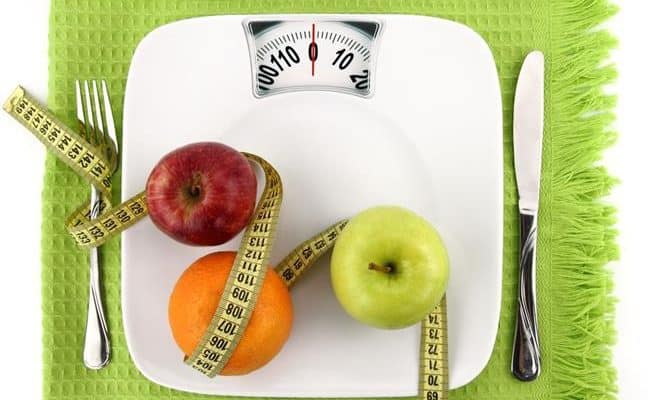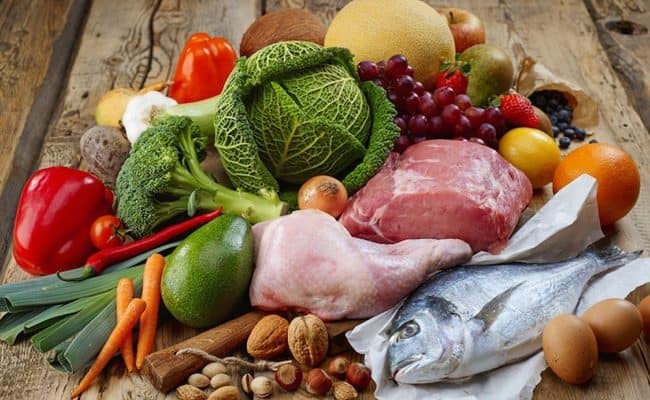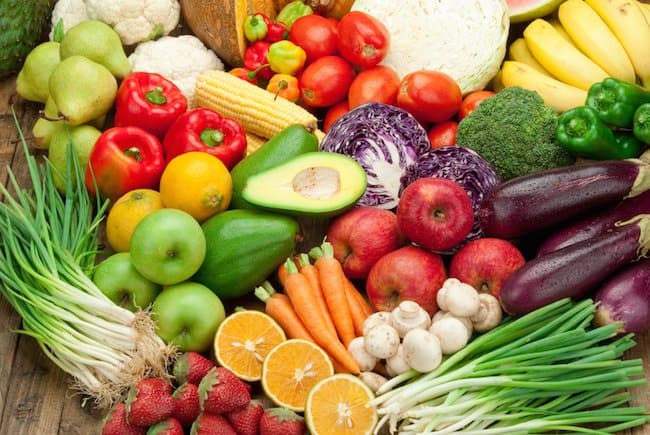
When following a raw diet you will probably lose weight but is it safe? What you should know if you decide to follow a raw diet for weight loss.
A raw food diet primarily consists of raw fruits, vegetables, sprouted grains, cold pressed oils, nuts and seeds. Most meals will be cold or warmed to no more than 116 degree Fahrenheit. Dehydrating food is a common preparation with a raw diet. Some people following a raw diet will also eat unpasteurized dairy or raw meats and eggs.
Weight loss is common when following a raw food diet because raw food diets are low in calories, fat and high in fiber. One benefit of a raw food diet is it should have high satiety, meaning the meals you eat should fill you up. This is because the raw food diet is high in fiber, which can help keep you feeling full for a long time.
Is a raw diet safe?
There are some safety considerations before starting a raw food diet, and other factors to consider to see if this is the right diet for you.
Safety concerns
Since the raw food diet emphasizes fruits, vegetables, grains and nuts, it provides a lot of fiber. This in turn could provide heart and/or digestive health benefits. It is also rich in antioxidants and phytochemicals which can help lower inflammation and protect cells from damage.
If you choose to eat raw meats, this can increase risk for food poisoning. The raw food diet is high in many vitamins and minerals, but is lacking in other nutrients. Calcium, vitamin D, vitamin B-12 and possibly zinc are nutrients that you may not get enough of when following a raw food diet.
Raw food diet is similar to vegan diet, and the same nutrients can be a concern for vegans. Taking supplements for these nutrients when following a raw food diet may be a good idea to make sure you’re getting enough of those nutrients.
Effort level and cost
Following a raw food diet can have some difficulties. Everyone can choose how closely they follow a raw diet; most aim for about 75-80% of food intake being raw. Raw food can be very labor intensive for prep work, and food variety can be limited if you don’t have access to recipe books or raw food websites.
If you don’t have a food dehydrator, you will probably want to get one if following a raw food diet. Dehydrating food is one of the primary methods to make food because the oven is not used. Food processors are also used frequently for meals, so buying one may be beneficial if you don’t have one already.
Dehydrators are used to make crackers, tortilla like substitutes, baked good alternatives or fruit/veggie leather. Food processors are used to make sauces, smoothies or soups. You don’t need to follow a certain step by step program with a raw diet, as most of it is somewhat loosely defined.
However, you may want to also purchase raw food recipe books or search websites for recipes. Coming up with new and different meals can take time and research.
Eating out
Eating out can be challenging, as most restaurants heat their food up past 116 degrees Fahrenheit. If you travel frequently or dine away from home often, it can be hard to stick to a raw food diet.
Packaged foods are also often non-raw diet compliant, and that is another reason why the raw food diet can seem very labor intensive. You are making all or most of your meals from scratch.
It is usually recommended to use organic foods in a raw food diet. In order to find a wide selection of organic, raw ingredients, shopping at specialty or organic grocery stores may be recommended for increased variety of food options.
Rationale for raw food
The thought behind following a raw food diet is that cooking food kills vital raw enzymes in fresh foods. Eating foods raw provides the enzymes intact and can give a lot of health benefits to the body. Some raw foodists even claim eating cooked food is toxic to the body.
There is much research on the health benefit of having a diet high in fruits, vegetables, whole grains and nuts/seeds. The raw food diet is high in all these, so there could be some health benefit to following this. However, does the food have to be raw?
There is not a lot of scientific evidence behind the claims of eating foods raw. In fact, cooking some foods actually increases nutrient absorption. For example, the phytonutrient lycopene found in tomatoes is more absorbable when the tomatoes are cooked compared to eating them raw.
See also:
How to Choose the Right Diet For You
Conclusion
The raw food diet can be followed for weight loss, and may provide additional health benefits because it is high in fiber, antioxidants, certain vitamins and minerals. If you eat a varied, balanced diet with raw food you can meet your protein, fat and carbohydrate needs.
Some safety concerns with a raw food diet is increasing risk for food borne illness if you eat raw animal products. Also, raw food diet can be limiting in calcium, vitamin D, vitamin B12 and zinc. Supplements may be recommended for these.
Following a raw food diet is labor intensive, limited options, can be more expensive and is difficult following away from home.
